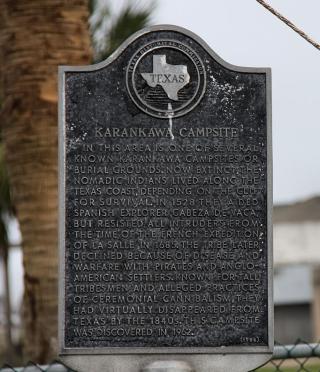History of Jamaica Beach

JAMAICA BEACH HISTORY
Prior to its development, Jamaica Beach was a burial ground of the Karankawa people.
Johnny Goyen and Earl Galceran of the Jamaica Corporation developed Jamaica Beach as a 2,000-lot resort subdivision in close proximity to a marina. The individuals who were a part of the development effort were Goyen, Galceran, brothers Jack and Welcome Wilson, Bill Sherrill, and Jack Valenti.
They acquired an area of 320 acres (130 ha) that was owned by the Moody family. An oil businessperson named R.E. "Bob" Smith decided not to be a partner in the development, but he purchased the Moody land and sold it to the developers. He did not ask for any down payments and he guaranteed a $250,000 bank loan.
Initially, the beachfront lots, each 90 feet (27 m), were sold for $3,500 apiece. The "second row" houses sold at a quick pace. As the subsequent rows of houses opened to sale, the sales figures decreased slowly because while wealthy people were easily able to acquire second houses, middle class homebuyers were unable to get a mortgage, and needed to pay for the home building with cash.
In the 1960s, the discovery of a skull and that it was connected to a Karankawa Native American burial ground led to an increase in public exposure and visitors. Welcome Wilson said that no additional sales were generated by the publicity.
With the growth of the second house market, almost all of the lots on Jamaica Beach had been sold by the 1970s. Due to a decline in the United States economy, the developer closed its doors.
The city incorporated on May 12, 1975. By 1978, 141 residents lived in Jamaica Beach. By 1988, the city had 446 residents and no businesses. By 1990, the city had 624 residents. Today, at the 2020 Census the population was 1,078 residents.
On Saturday August 9, 2008, Jamaica Beach celebrated the 50th anniversary of its groundbreaking. At the ceremony, Welcome Wilson donated boxes of news articles, brochures, and promotional materials in order to build a collection for a museum located at the city hall. In addition, the five children of Welcome Wilson donated $10,000 to the new museum.
